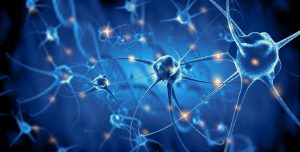Definition
noun, plural: colostra
The first milk secreted by the mammary glands of female mammals coming into lactation
Supplement
Colostrum is the first milk produced by mammalian mothers, including human mothers. It is secreted by the mammary glands. It is yellowish, milky fluid rich in immunoglobulins and lymphocytes. These immune factors come from the mother. By breast feeding, these immune factors are transferred to the infant where they provide passive immunity.
Colostrum is produced in late pregnancy and after giving birth. Following this is the production of milk that is thicker and creamier than the colostrum. Nevertheless, the colostrum contains more lactalbumin and lactoprotein. Colostrum generally has higher protein concentration than milk. Depending on the species, the fat content of colostrum varies. In sheep and horses, colostrum has more fat content than milk. In humans, milk has more fat content than colostrum.
Colostrum is also essential to newborns in terms of acting as a milk laxative. It promotes the passing of meconium (first stool).
In humans, there are mothers who are not able to produce colostrum. The inability to produce colostrum is linked to a mutation in the ABCC11 gene affecting mostly those with East Asian descent.1
Synonym(s):
- foremilk
- beestings
- bisnings
- first milk
See also:
Related term(s):
- Colostrum corpuscle
Reference(s):
1 Miura, Kiyonori; Yoshiura, Koh-ichiro; Miura, Shoko; Shimada, Takako; Yamasaki, Kentaro; Yoshida, Atsushi; Nakayama, Daisuke; Shibata, Yoshisada; Niikawa, Norio (2007-06-01). “A strong association between human earwax-type and apocrine colostrum secretion from the mammary gland”. Human Genetics. 121 (5): 631–633.







